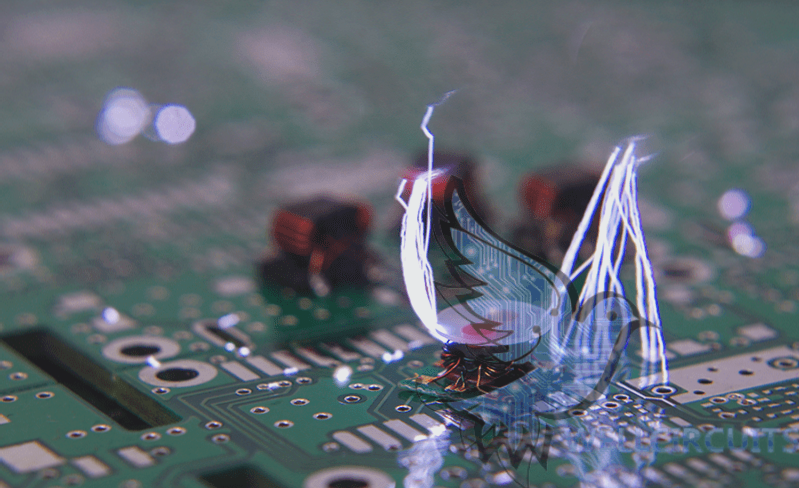4-Layer Board Design Alternatives
Traditional 4-layer board designs can encounter issues like long distances between power and ground layers. To address this, consider the following options:
Preferred Solution:
- Utilize outer layer as ground and middle layers for signal/power. Implementing wide traces for power supply on the signal layer can help decrease path impedance and signal microstrip path impedance. This setup enhances EMI control.
Lesser Preferred Solution:
- Assign the outer layer for power and ground, and reserve the middle layers for signals. While this configuration offers some improvement over traditional 4-layer boards, careful trace routing is essential to manage impedance.
6-Layer Board Stacking Schemes
- Example 1: Place power on the 2nd layer and ground on the 5th layer. This setup is suitable for controlling signal impedance but may not be ideal for common-mode EMI radiation.
- Example 2: Position power on the 3rd layer and ground on the 4th layer. While this arrangement helps mitigate power supply impedance issues, it could lead to increased differential mode EMI. To effectively address this, limit signal traces on outer layers.
General High-Performance 6-Layer Board Design
- Typically, designate the 1st and 6th layers as ground, and use the 3rd and 4th layers for power and ground. This layout provides excellent EMI suppression by incorporating dual microstrip signal line layers at the center. Alternatively, the Signal, Ground, Signal, Power, Ground, Signal configuration offers advanced signal integrity but may present processing challenges.


